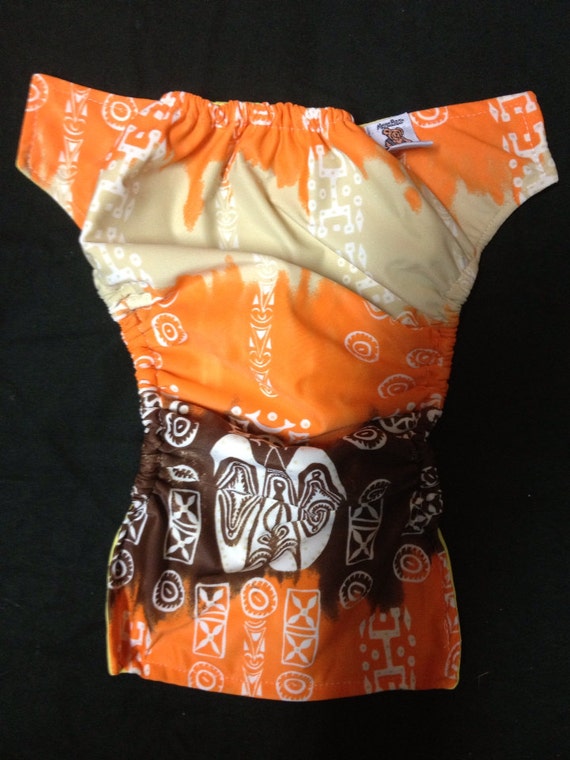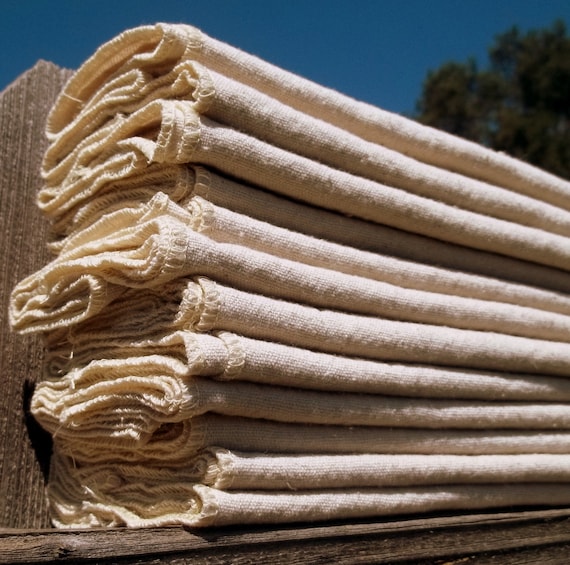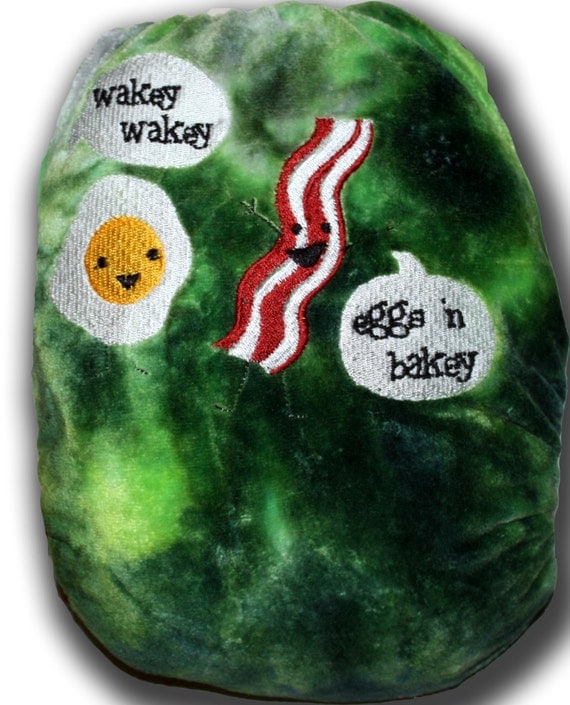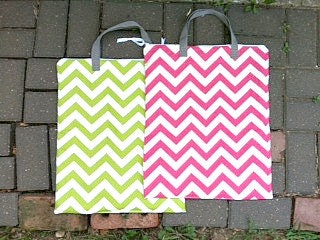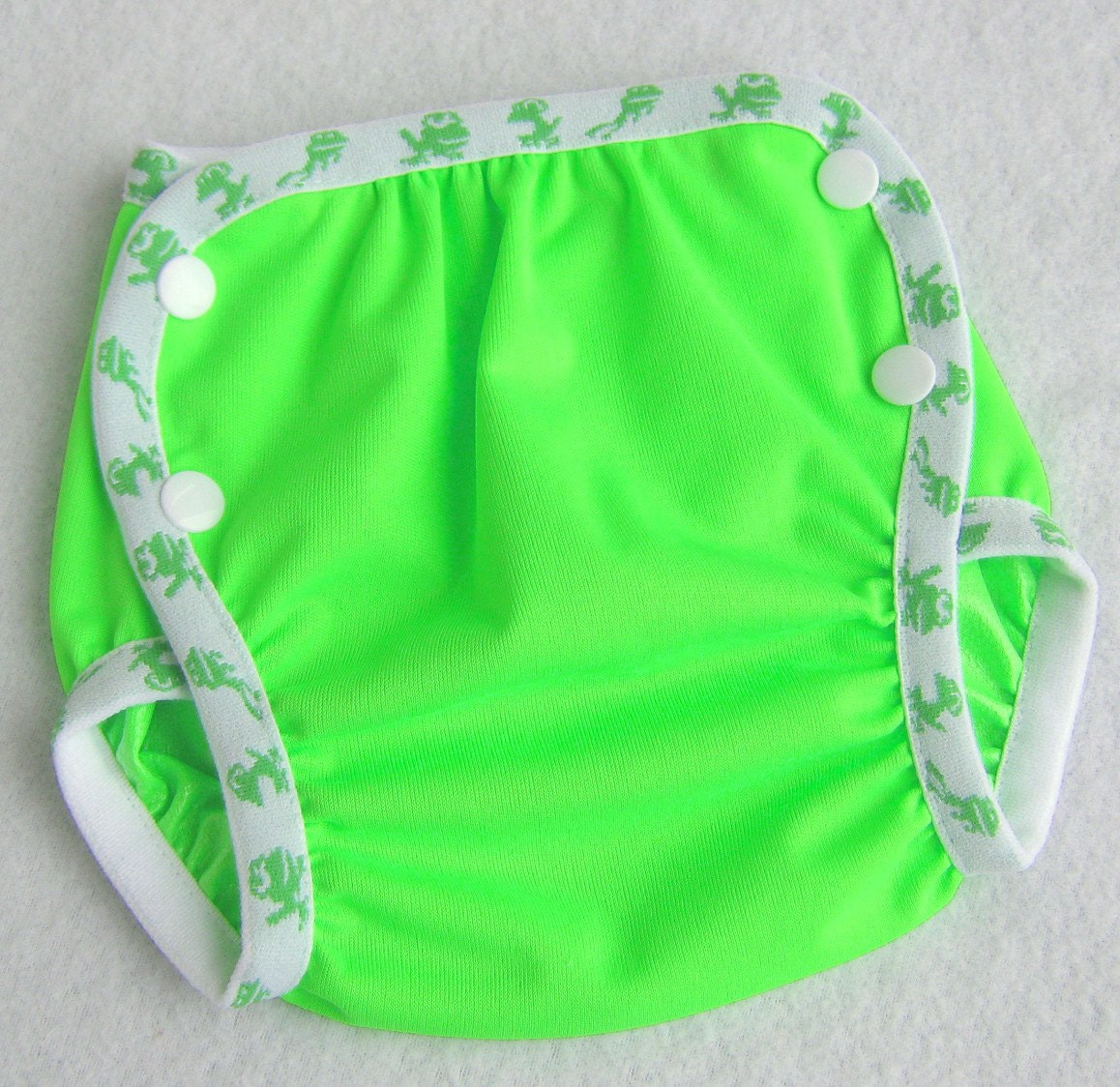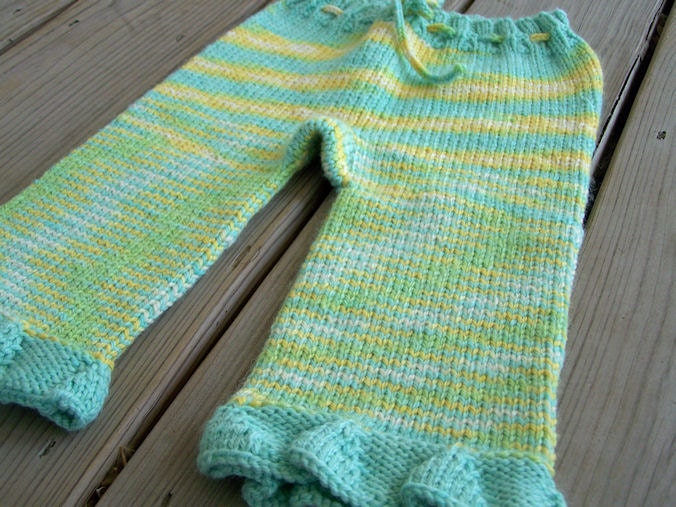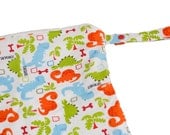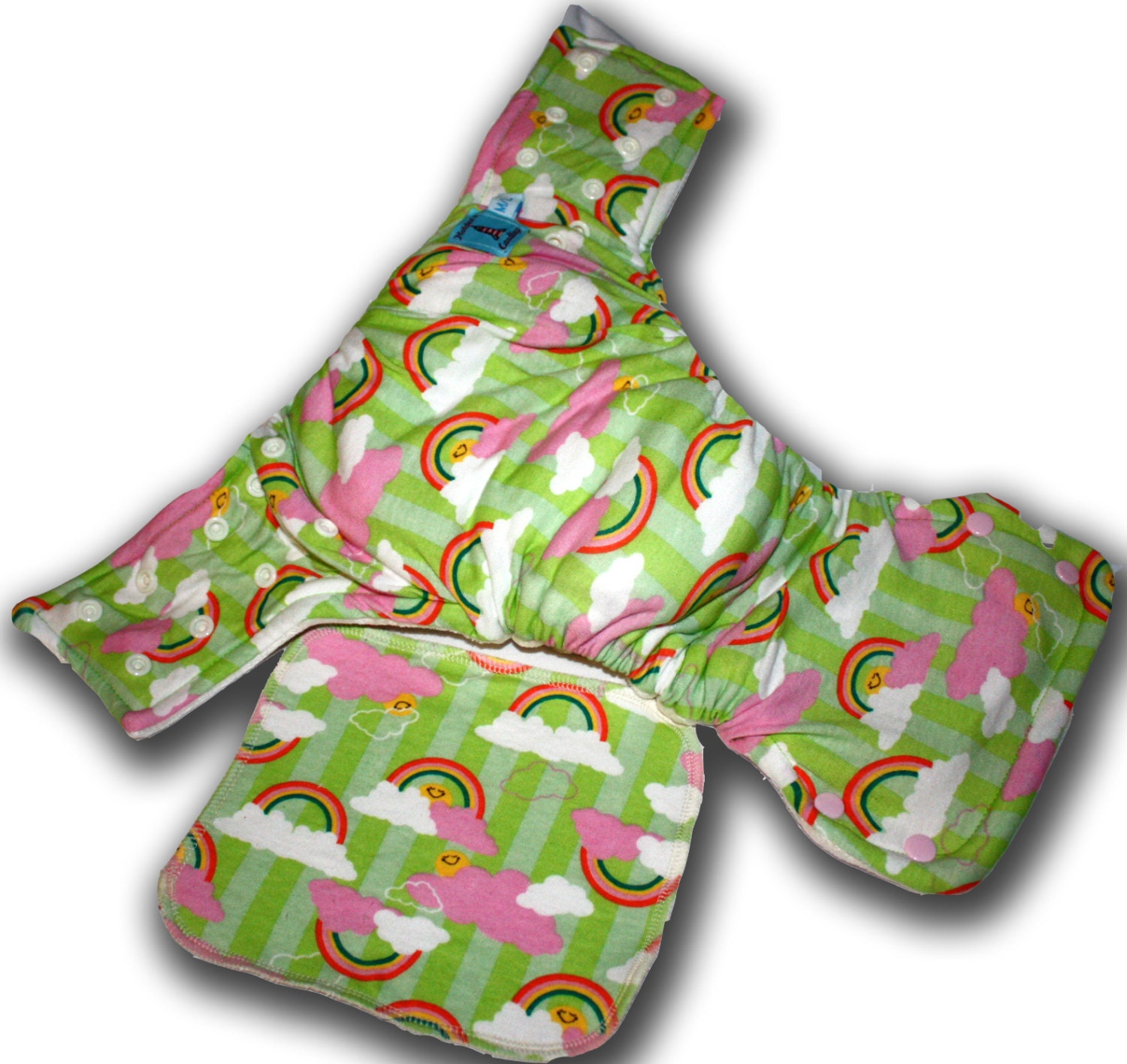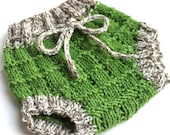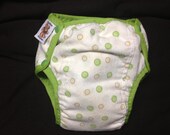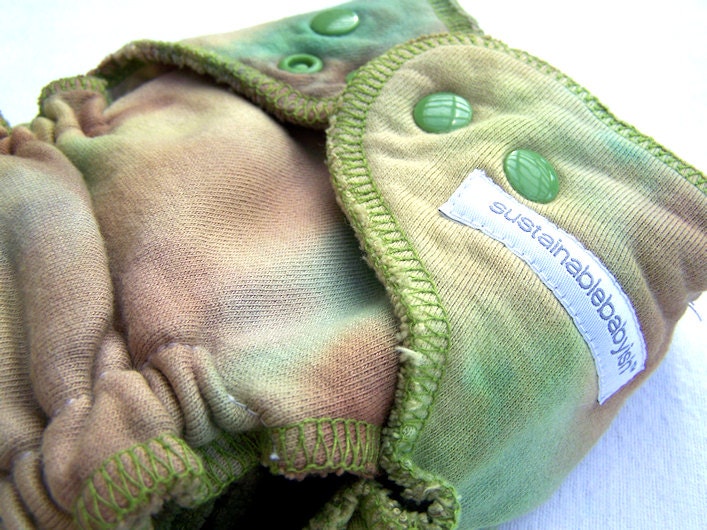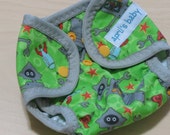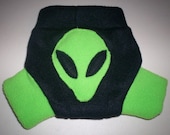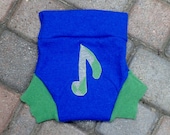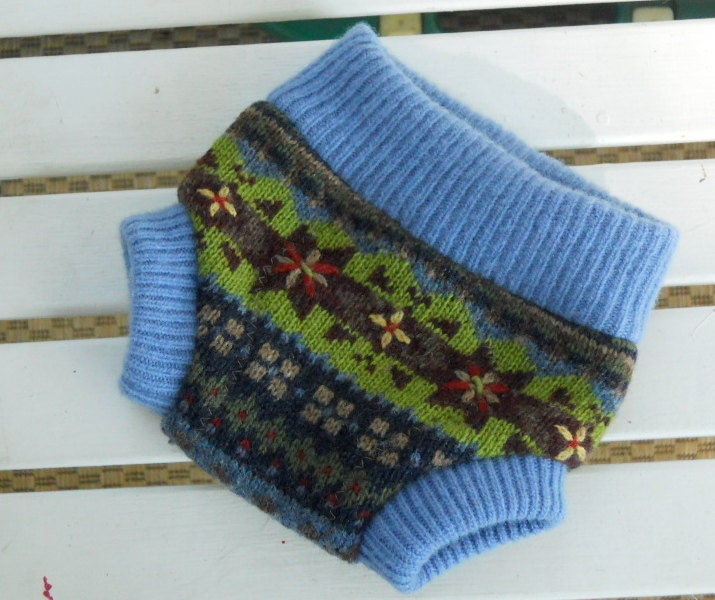I wanted to repost a post I did previously because I've had difficulty locating it through search engines. Since it shows you how to create your own little pouch I didn't figure anyone would mind. :o) Plus these make great little, quick, hand-made stocking-stuffers for Christmas! There are tons of other uses too, and the size is really easy to modify once you've made the first one. You can make snack holders, tea bag holders, wipes holders, tissue pouches, and more!
Make Your Own Pad Wallet
A Waterproof Wallet for Carrying Mama Cloth, Wipes, Nursing Pads, and more!
This is a simple tutorial for sewing your own Pad Wallet. The design allows you to carry both clean spares and tuck away your used items. The waterproof inner locks away moisture and odors to keep your cleans (and your purse or diaper bag) clean and fresh.
Materials Needed:
 - Waterproof fabric (PUL, fleece, wool, here I used a waterproofed nylon - the yellow fabric)
- Waterproof fabric (PUL, fleece, wool, here I used a waterproofed nylon - the yellow fabric)- An attractive outer fabric (wovens work best for stability, you can use cotton prints for a wide range of attractive and inexpensive choices)
 Your
sizing may vary some depending on the size of your pads. Some pads will
need to be laid flat, here you can see that I've folded mine into
little pouches. I lined two side by side so that I could carry at least 2
cleans and 2 dirties in this wallet. Cut your fabric slightly wider
than the item you wish to carry and about 4 times longer. My pads are
about 4" when snapped shut, so I made my wallet fabrics 16" long. (see
picture at left)
Your
sizing may vary some depending on the size of your pads. Some pads will
need to be laid flat, here you can see that I've folded mine into
little pouches. I lined two side by side so that I could carry at least 2
cleans and 2 dirties in this wallet. Cut your fabric slightly wider
than the item you wish to carry and about 4 times longer. My pads are
about 4" when snapped shut, so I made my wallet fabrics 16" long. (see
picture at left)I created this pad wallet using a serger, but you could easily sew something similar by setting a close zig zag stitch on your sewing machine and overlapping the edges, or sewing them right sides together and then turning and topstitching.

For serging, place the fabrics wrong-sides together and serge the narrow ends.
Then lay the wallet-to-be attractive side down and fold up the top and bottom of the narrow ends approximately 1/4 of the way. Because my wallet is 16" long this meant nearly 4", leaving about 1/2" in the center clear (where you can see the yellow inner fabric in this picture) for clearance when folding a stuffed wallet. Pin, crease, or press lightly. This will form 2 "pockets" for storing your pads or other items.
Attach hook tape to one side and loop tape (velcro or aplix) to the other approximately 1/4 to 1/2 inch from each pressed/creased edge. Alternately you could use snaps in two or three points (outer edges and center), or even sew on a zipper here if you like that kind of thing.
I have pinned the velcro on at either end near the raw edges. You want to be careful if pinning through PUL which retains all the little holes you make in it and can lead to wicking for really wet items like wipes.

Open up the fabric folds and sew the velcro in place or add snaps at this time. You will be sewing them to the RIGHT side of the fabric, or the attractive print you want to show. You will have something that looks like this:
Refold the fabrics along the pressed or creased fold on either end. Serge the raw edges together on either side (alternately oversew the edges with a wide zig zag set on a short stitch length, or turn inside out and seam, turning and top-stitching).
You will end up with this:
 Also great for:
Also great for:~ wipes (wet or dry)
~ nursing pads
~ tissues
~ menstrual cup and pantyliners
~ snacks
~ napkins
~ and more


